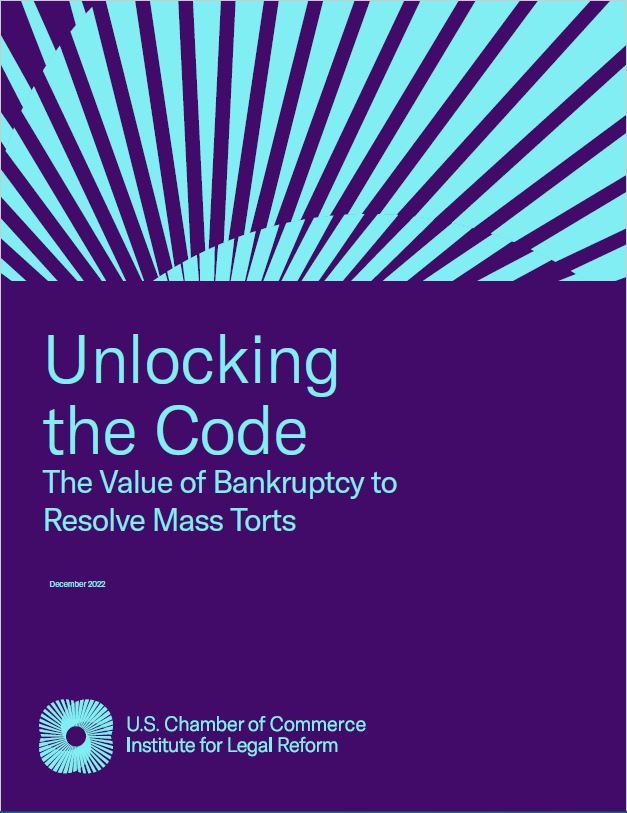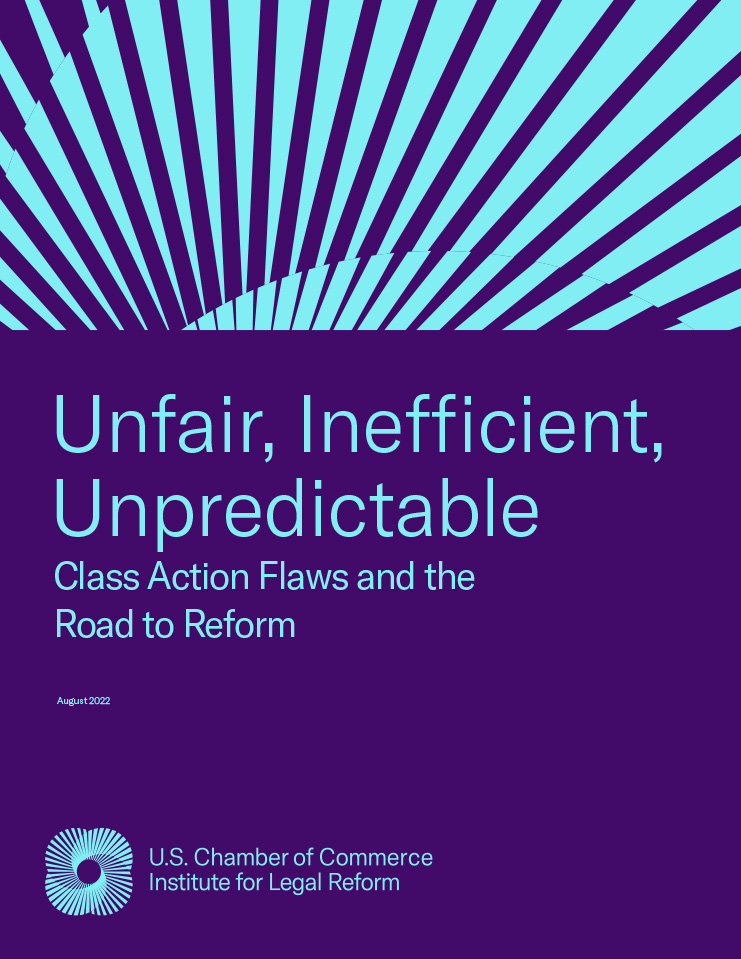If you eat, then you are probably a member of a class action. In fact, it is likely that without your knowledge, plaintiffs’ lawyers have told courts that they represent you in dozens of lawsuits.
About five years ago, a small cadre of class action lawyers turned its attention to food manufacturers. The attorneys found that terms used in food labeling, such as “natural,” the packaging of products, and advertising opened the door to bringing lawsuits on behalf of consumers. These lawyers have argued that they do not need to show that consumers saw, heard, or relied on the labeling or advertising at issue when deciding to purchase the product, but only that consumers might be misled.
There are now hundreds of active food class actions in the federal courts and more in state courts. A few are so laughable that courts have quickly thrown them out, and some are settled, but many more are litigated for years, reaching multimillion dollar settlements that line the pockets of lawyers, but provide little or no benefit to consumers.
Key findings on lawsuits targeting food and beverage marketing based on an in-depth review of court records, docket monitoring services, legal publications, and other sources include:
- Food marketing class actions increased from about 20 in 2008 to over 170 new food class actions filed in or removed to federal court in 2016.
- Three-quarters of food class actions in federal courts are in four states: CA (36%), NY (22%), FL (12%), and IL (7%).
- Claims challenging products advertised as “natural” remain most frequent, and have expanded to include lawsuits targeting similar representations such as “nothing artificial” or “preservative free.”
- “Slack fill” litigation, which challenges unneeded extra space in product packaging, is on the rise. Plaintiffs’ lawyers filed 10 slack fill cases over the two-year period 2013-2014. Filings have dramatically increased, with at least 29 slack fill lawsuits filed in 2015 and 37 such claims filed in 2016.
- Food class actions are now reaching the appellate level, including recent rulings in the Ninth Circuit, but the mixed results are not likely to slow the litigation machine.
- In certified class actions, about half of the settlement money often goes to the lawyers who bring the case for their fees and costs, and to pay the cost of claims administration. While plaintiffs’ lawyers receive millions in fees, consumers are usually eligible to seek a nominal cash payment, product vouchers, or products in the mail.
ILR’s paper documents the big picture of food marketing lawsuits, and makes concrete recommendations for reform, outlining the role that the courts, legislatures, and regulatory agencies all have in restoring common sense to food class action litigation.
View PDF

